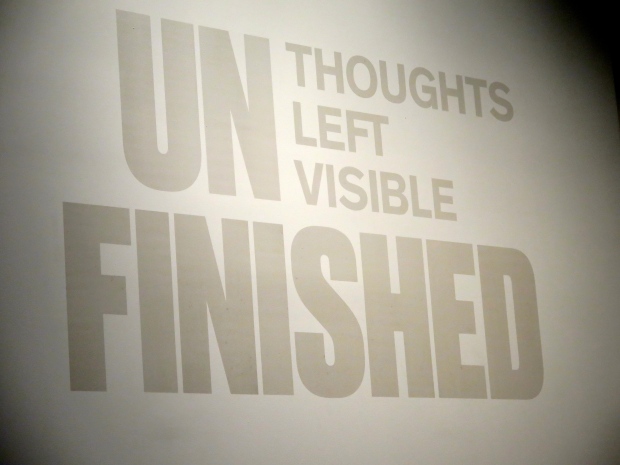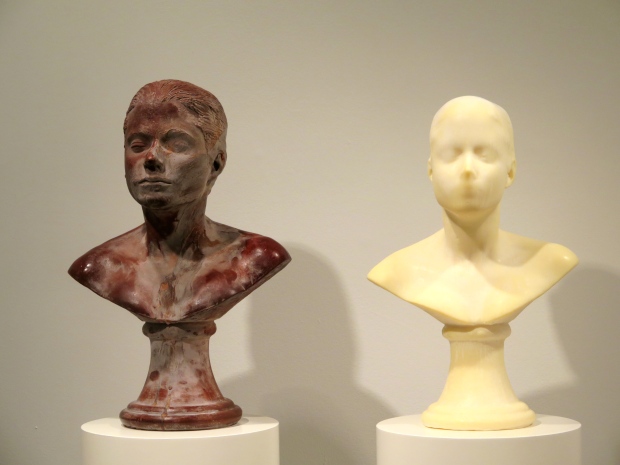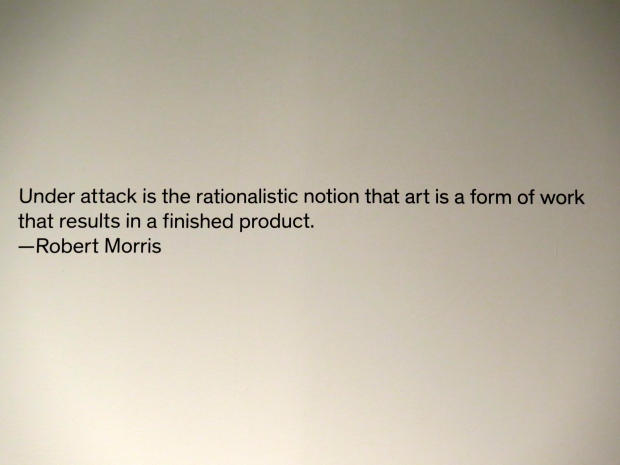The image above is quite the statement, no?
I can’t possibly write a post for every new atrocity I see coming from Washington DC or read about these past six days. I, along with most of the people I know, am overwhelmed. Shocked. Disgusted. Infuriated. Flabbergasted. For a few brief hours between Saturday night and Sunday morning, I had some hope. So many women marching together, across the country, across the globe. And then I learned a new phrase, “alternative facts.” Bye, Hope! Give me a call and we’ll do lunch some time. As far as I can tell, alternative facts are what happen when you take a lie, dress it up, add some lipstick and good hairspray, and then shout it over the actual facts.
We have grown used to instant access to unlimited information. Much of the last year has focused on the negatives of this, because much of the information available is untested and untrue; perhaps a kernel of truth popped through a skewed burst of rancid oil and hot air to morph into a flake that looks deceptively soft, but remains hard and undigestible as it travels through the system. Still, having access to information, facts about what’s happening now and what has happened in the past is, to say the least, a good thing. Access to information like: what are our rights? What is climate change? Why did World War I begin? How did Hitler gain so much power, and how were average citizens convinced to engage in atrocities against other human beings? Why have sales of George Orwell’s 1984 shot up? And of course, how did they get the toothpaste in the tube?
I don’t know about you, but I’m really going to miss facts and information when they’re banned. Oh wait, that’s already begun. Who needs the EPA (Environmental Protection Agency) and the information and health protections it offers to citizens? After all, it was created by that radical progressive, Richard Nixon. It will only slow down the slaughter of human beings sure to begin shortly with the repeal of the ACA and cuts to Medicaid and Medicare. Who needs Public Broadcasting? Our children don’t need access to programming that isn’t beholden to corporate sponsors, shows that teach them about their world. Pfft, that nonsense indoctrinates them with crazy ideas, like truth and facts, justice, equality, and humanity. Science (oh, that dirty word). I mean, if children have access to that shit, when they grow up they might want to keep learning, know more, discuss more, research, compare facts, and (shudder) then offer that information to the public. We’ve been promised fast and furious by our new US administration, and they aren’t hesitating to deliver.
Oh! And just in case you think this is merely early bluster, that no one is really going to limit the information available to us, we’ve been offered this gem. Yes, journalists facing felony charges for doing their jobs. Of all the nauseating and horrific things I’ve seen and heard over the past six days, this has to be the most terrifying. Journalism. Journalists. Those whose job it is to observe and report on the political process, make sure the people in office do not exploit us or democracy. Those whose job it is to make facts available to the public. The fourth estate. It’s true that along with serious and investigative journalism, there’s a long history of yellow journalism. True, newspapers, news shows, etc need to attract readers and viewers and show profits or those journalists will lose their jobs. In this day and age of short attention spans and desires for gilded squirrels, that has to make it incredibly difficult for individual journalists to avoid yellow journalism, and/or opining when what we need are straight facts. Also true, 90% of our media outlets are currently owned by only six corporations, which is inherently dangerous.
And with so much information being thrown at us with updates every ten minutes, it can be easy to blow off what’s important. Not make the connections we as citizens should be making, because we’re waiting for the next guy to tell us what those connections are, what we should snicker at and where we should be paying attention. Scotch tape holding the POTUS tie together? Snicker. C’mon, seems like a no-brainer, that our President, his press secretary and his counselor are talking about inaugural crowd sizes, offering “alternative facts” about them as if this is an issue of major import, is one to snicker at. Except it isn’t. That the POTUS and his staff feel the need to lie about something so small (in every sense of the word) and so easily, clearly proven false is in fact extremely important. It tells us what’s important to this new administration (hint, it isn’t us, the citizens of the US), and tells us how little respect they have for the public. It also tells us what type of relationship they intend to have with the press. Whether we love or hate the press, we need them. We always have, we always will. Without a true, free press, there is no democracy.
With a POTUS and administration that wants to isolate us, keep us from engaging with our traditional international allies and reality, wants to tell us any news they don’t like is fake, wants to feed us bullshit on a bun and tell us it’s good ol’ ‘Merican beef; with the GOP in control of the Senate and the House having a collective, waking wet dream of enabling and encouraging them to step on any dissent and take away our freedoms, our health care, our American dream of safe havens, paths to education and upward mobility, equality; with corporations giddy over the opportunity to make themselves more moneymoremoney without having to worry about pesky regulations, safety, or oversight, the only thing we the people have left are facts. Knowledge. Integrity.
So I’m begging all journalists, please, please keep going. Keep digging, keep investigating, keep informing us. The day after the election, I bought subscriptions to the NY Times and the Washington Post. I’m thinking this may have been the wisest investment I’ve ever made. Toto, we may not be in Kansas anymore, but we won’t be easing down this road. We have all been given a load to carry. None more than journalists.















